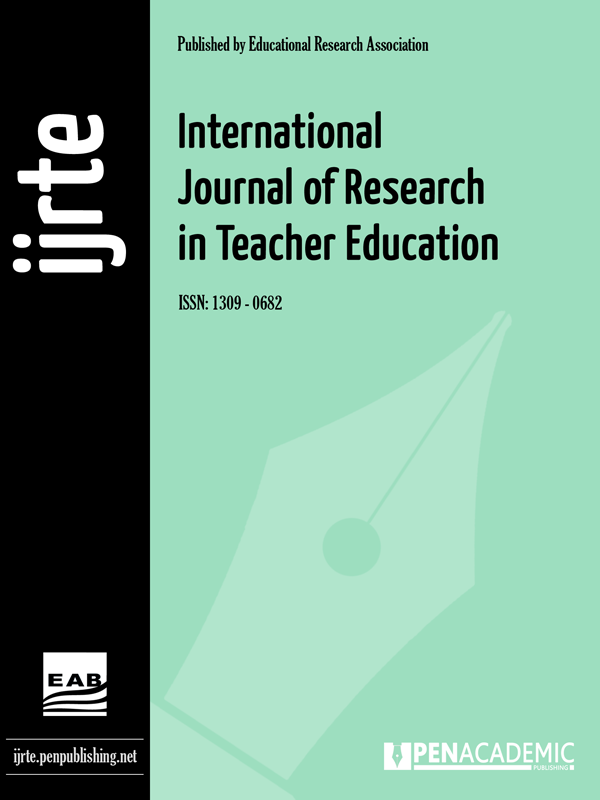Original article | International Journal of Research in Teacher Education 2019, Vol. 10(4) 68-80
Students’ Reasoning and Utilization of Argumentation Skills in Solving Chemical Kinematics Calculus-Based Problems
Iwuanyanwu Paul
pp. 68 - 80 | Manu. Number: MANU-1904-02-0003
Published online: December 31, 2019 | Number of Views: 147 | Number of Download: 591
Abstract
Developing students’ reasoning and utilization of argumentation skills in chemical kinematics entails learning to use basic facility of derivatives and integrals and their applications effectively and efficiently as applied to the context of undergraduate general chemistry course. It has been necessary to provide the students of this study with empowering learning experiences, helping them to develop both thinking and reasoning skills for use in solving chemical kinematics calculus-based problems. The study sample was 66 (31 males, 35 females) undergraduate second year chemistry students taken from a population of 123 full-time registered students in interdisciplinary subject areas in chemistry, physics and biology. Participants received their learning of chemistry via argumentation instruction for 14 weeks during which data were collected. A cross-case analysis was followed to interpret character of reasoning and arguments students generated through activities in chemical kinematics. Results indicated that students who successfully solved the task were engaged in analytical thinking and creative reasoning and used substances of arguments extensively. In particular, this suggested that utilizing argumentation skills for solving chemical kinematics calculus-based problems means framing predictive and verificative arguments that support the solution. Implications of the findings are discussed.
Keywords: Argumentation instruction, reasoning, thinking, calculus, chemical kinematics problem-solving
| How to Cite this Article? |
|---|
|
APA 6th edition Harvard Chicago 16th edition |
| References |
|---|
|


